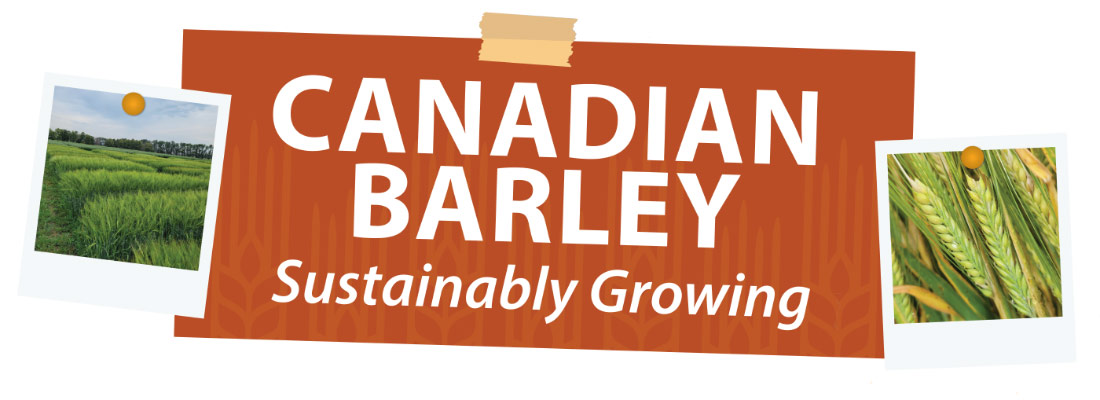Research
Sustainable Canadian Agricultural Partnership (SCAP) National Barley Cluster
Disease resistance to address environmental issues, economics, and sector resiliency Priority 3: Sector Resilience


Dr. James Tucker,Brandon Research and Development Centre, AAFC
Dr. Kelly Turkington,Lacombe Research and Development Centre, AAFC
Barley is a valuable crop for the Canadian agriculture industry, and it has also proven to be an environmentally beneficial component of a total agricultural production system. However, current disease challenges can make the crop challenging for producers to grow.
To ensure barley remains a competitive and profitable crop for Canadian producers, we need new varieties with enhanced disease resistance, which will also help reduce our reliance on pesticides.
This research aims to identify barley germplasm and candidate lines that can be used as effective sources of disease resistance by barley breeders. Overall, it aims to help Canadian barley breeding programs develop barley varieties with enhanced multiple disease resistance packages to address climate concerns, reduce greenhouse gas (GHG) emissions and reduce overall pesticide use.
Objectives
- Establish field and indoor screening nurseries for scald, net blotch, spot blotch, loose smut, covered smut and stripe rust. Maintain and enhance foundational screening nurseries for scald, net-form and spot-form net blotch, spot blotch, stem and stripe rust, Fusarium head blight (FHB), loose smut and surface-borne smuts.
- Provide consistent barley candidate line and variety information on the level of disease resistance or susceptibility for the Prairie Recommending Committee for Oat and Barley, including the recently approved Prairie Eastern Barley Disease Cooperative trial, and, ultimately, for annual provincial variety guides.
- Maintain and enhance foundational leaf disease, FHB, smut and stem rust resistance screening capacity, knowledge and expertise for Canadian barley breeding/pathology programs and other barley stakeholders.
- Provide objective barley disease reaction information for advanced breeding lines and germplasm, as well as in the development of molecular markers through genomics and genome-wide association mapping activities, to accelerate marker-assisted selection.
- Provide critical and consistent barley candidate line and variety information on the level of disease resistance or susceptibility for breeders, seed growers, the seed trade and producers.
- Facilitate the ability of Canadian barley breeding programs to develop superior agronomically adapted varieties with enhanced multiple disease resistance packages to address climate concerns and GHG emissions while enhancing agroecosystem resiliency through a reduction in pesticide use.
- Enhanced leaf disease, smut, FHB and stem rust resistance will increase productivity while limiting negative impacts of deoxynivalenol and other kernel quality attributes on grade and end-use market acceptability.
